In today’s world, technology is deeply intertwined with every aspect of our lives, and software development stands as a crucial pillar. It's not just about coding; it's about creating solutions that touch every part of business routines. From the apps that wake us up in the morning to the systems that run businesses, the software is the invisible hand guiding our digital experiences.
So, what exactly is software development? It's the process of designing, creating, testing, and maintaining applications, frameworks, or other software components. It's an ever-evolving field, constantly adapting to new technologies and changing user needs. This dynamic nature means that different types of software development is always on the cutting edge, pushing the boundaries of what's possible with technology.
We have compiled future-proof software development solutions that are growing in the market. Let’s dig in
What is Software Development
At its core, software development involves writing code, but it's so much more than that. It's about understanding real-world challenges and then designing software solutions to tackle them. This could range from developing a simple website to creating an AI program. The best part of software development is its versatility and its ability to evolve as new technologies and needs emerge.
From a business perspective, software development is invaluable. It's the driving force behind most modern business operations. Whether it's managing customer data, automating supply chain processes, or providing new services through mobile apps, software plays a crucial role. It's not just about making tasks easier; it's about transforming how businesses operate, compete, and deliver value to their customers.
However, the path of software development isn't without its challenges. Keeping up with rapidly changing technologies, managing project timelines, ensuring security, and maintaining quality are just a few of the hurdles developers face. Moreover, understanding and predicting user needs, integrating with existing systems, and ensuring scalability for growth are critical for success.
Types of Software Development
Front End Development
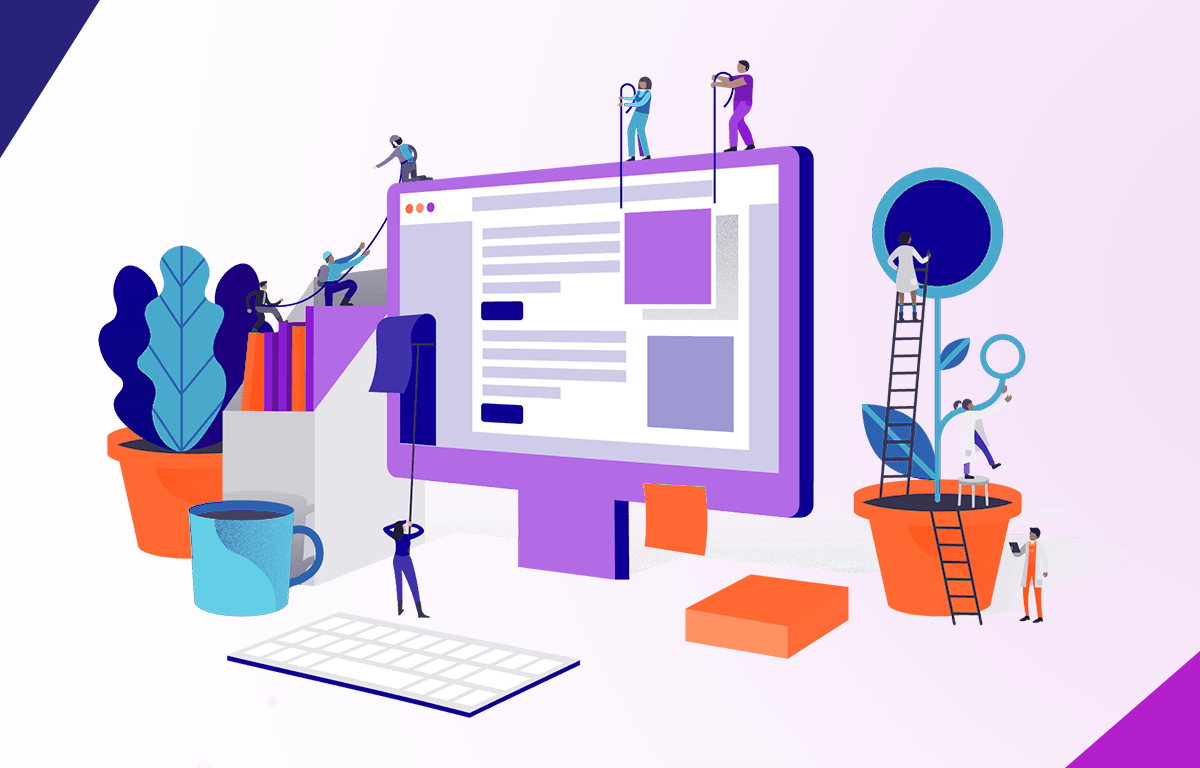.png)
In today's fast-paced digital world, the user interface (UI) and user experience (UX) are more important than ever. As technology continues to evolve, front-end development remains at the forefront of these changes, ensuring that websites and applications are not only aesthetically pleasing but also highly functional and user-friendly. The use of languages like HTML, CSS, and JavaScript allows for the creation of dynamic and interactive platforms that can adapt to the ever-changing needs and behaviors of users.
Moreover, the growing emphasis on responsive design is all about its future readiness. Front-end developers are increasingly focusing on creating designs that work seamlessly across a multitude of devices - from desktops to smartphones and tablets. This responsiveness is vital in a world where mobile usage is soaring, and users expect a consistent experience regardless of the device they use.
Read Also : Tailwind CSS vs. Bootstrap: Who is More Relevant in the Current Scenario
Back End Development
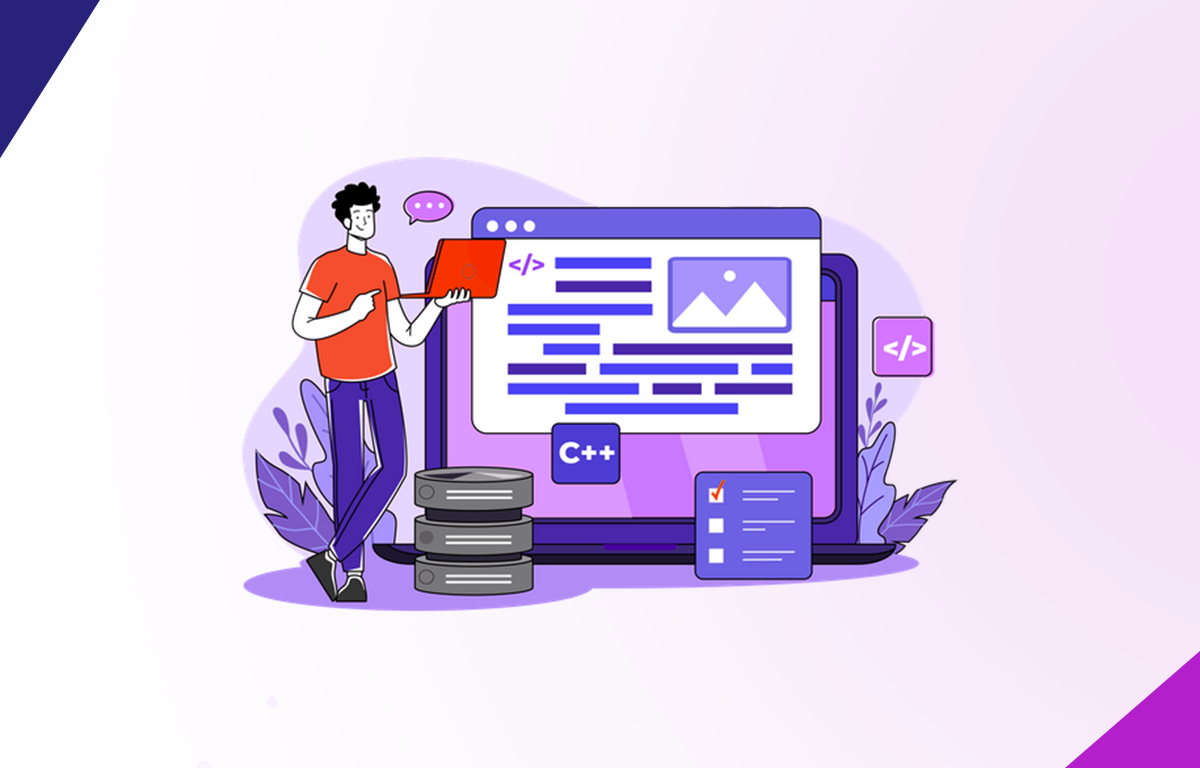.png)
Back-end development is geared towards creating scalable and flexible architectures. As businesses grow and user demands change, the back-end structures built using languages like Python, Ruby, and Java can be scaled up or modified without disrupting the user experience. This adaptability is essential for long-term sustainability and growth in the rapidly evolving digital landscape.
Back-end systems are increasingly integrating with advanced technologies like artificial intelligence (AI), machine learning (ML), and big data analytics. These integrations allow for smarter and more efficient processing of vast amounts of data, leading to more personalized user experiences and better decision-making capabilities for businesses. What’s better than such advanced backend development for your future as a robust type of software development solution?
Also Read: GitHub vs. GitLab Find the Best Git Solution in 2024 - An Expert Guide
Mobile App Development
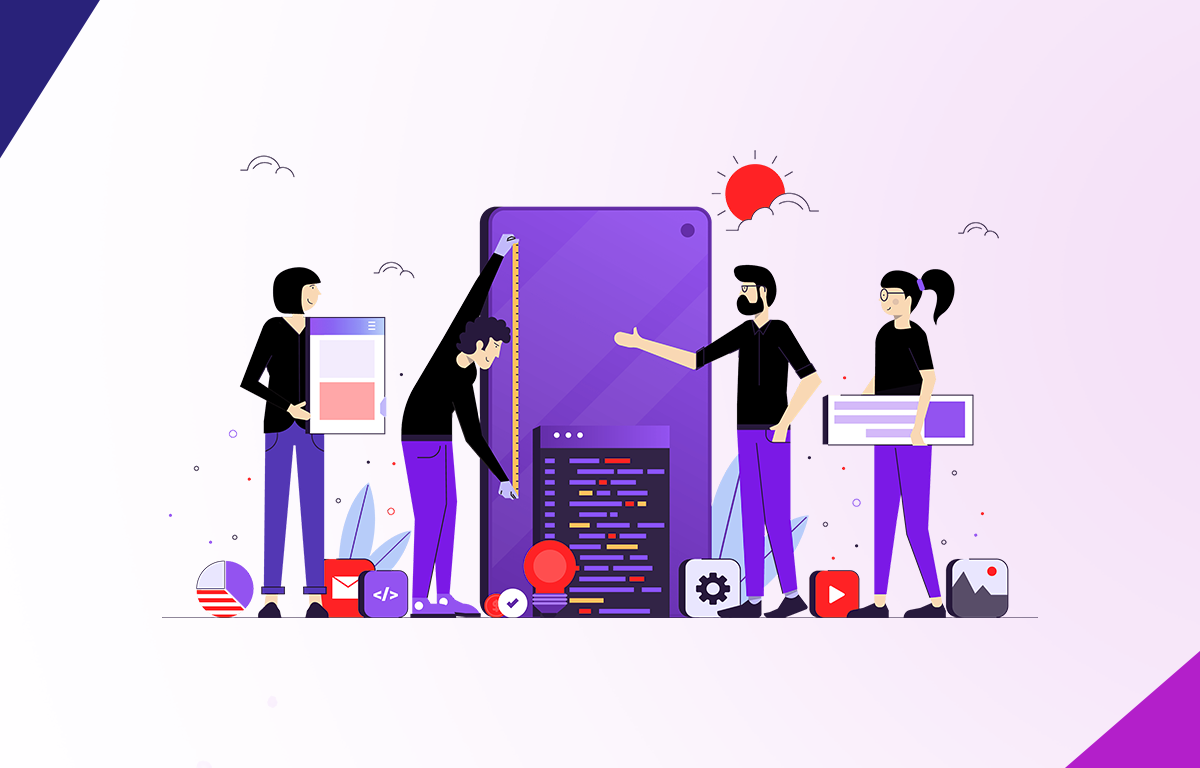.png)
Mobile app development stands at the forefront of the digital revolution, making it an essential future-ready software solution. In an era where smartphones are ubiquitous, mobile apps have become a vital tool for businesses to engage with customers, streamline operations, and open new revenue streams.
Why is mobile app development future-ready? Firstly, it's about accessibility. With billions of smartphone users worldwide, mobile apps provide unparalleled access to a vast audience. This makes them an essential platform for businesses to reach their customers, no matter where they are.
But with pros comes challenges, one significant business challenge in mobile app development is App Store Optimization (ASO). Just like SEO for websites, ASO is crucial for making your app visible in a crowded marketplace. It involves optimizing your app’s title, keywords, description, and more, to improve its ranking in the app store search results.
Another emerging trend is cross-platform development, where developers create a single app that works on both Android and iOS. This approach can save time and resources but might come with trade-offs in performance and the ability to use platform-specific features. But this software development solution could be a game changer for your business.
Also Read: 10 Best Mobile App Development Ideas That Are Away from an Industry Eye
Desktop Application Development
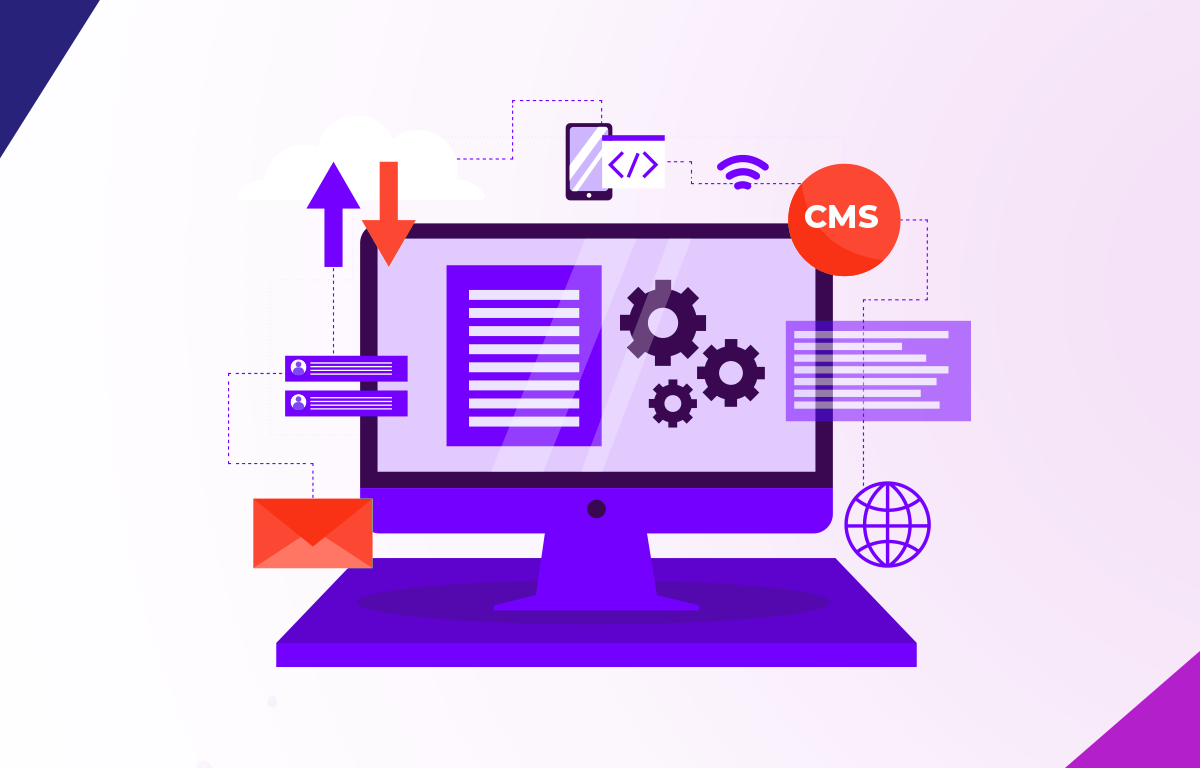.png)
Desktop application development, though sometimes overshadowed by the flashier world of mobile apps, remains a vital and future-ready aspect of this type of software development. These applications are designed to run on desktop operating systems like Windows, macOS, and Linux, providing robust, reliable, and often more powerful functionality than their mobile counterparts.
A key strength of desktop applications is their ability to leverage the full power of the computer's hardware. This means they can handle complex tasks and large amounts of data more efficiently than mobile apps or web applications.
For businesses dealing with heavy data workloads—whether it's high-resolution graphic design, complex video editing, or large-scale data analysis—desktop applications remain indispensable due to their ability to leverage local hardware, provide faster rendering, and maintain a more consistent performance compared to browser-based tools. Industries that rely on GPU-intensive or multi-threaded tasks still prefer native desktop environments because they offer better memory handling and can tap into system-level optimizations that cloud-based apps often can’t match.
This becomes even more relevant when collaborating with web development specialists for Dubai enterprises, as companies in the region increasingly demand high-performance digital solutions tailored for media, real estate, finance, and government sectors.
When comparing different operating systems for desktop application development, each brings its own set of strengths. Windows, with its vast user base, offers a broad market reach and is often seen as a standard for business and gaming applications. macOS is renowned for its sophisticated user interface and is preferred in creative industries like graphic design and video editing. Linux, while having a smaller market share, is valued for its security features and is often used in scientific and academic contexts.
Desktop applications continue to hold a significant place in software development. Its ability to leverage the full capabilities of computer hardware, adapt to advancements in technology, and address specific business needs makes it a robust solution to come up with.
Also Read : 5 Best ASP.Net CMS Platform Picks for Your Business Growth in 2024
Artificial Intelligence & Machine Learning
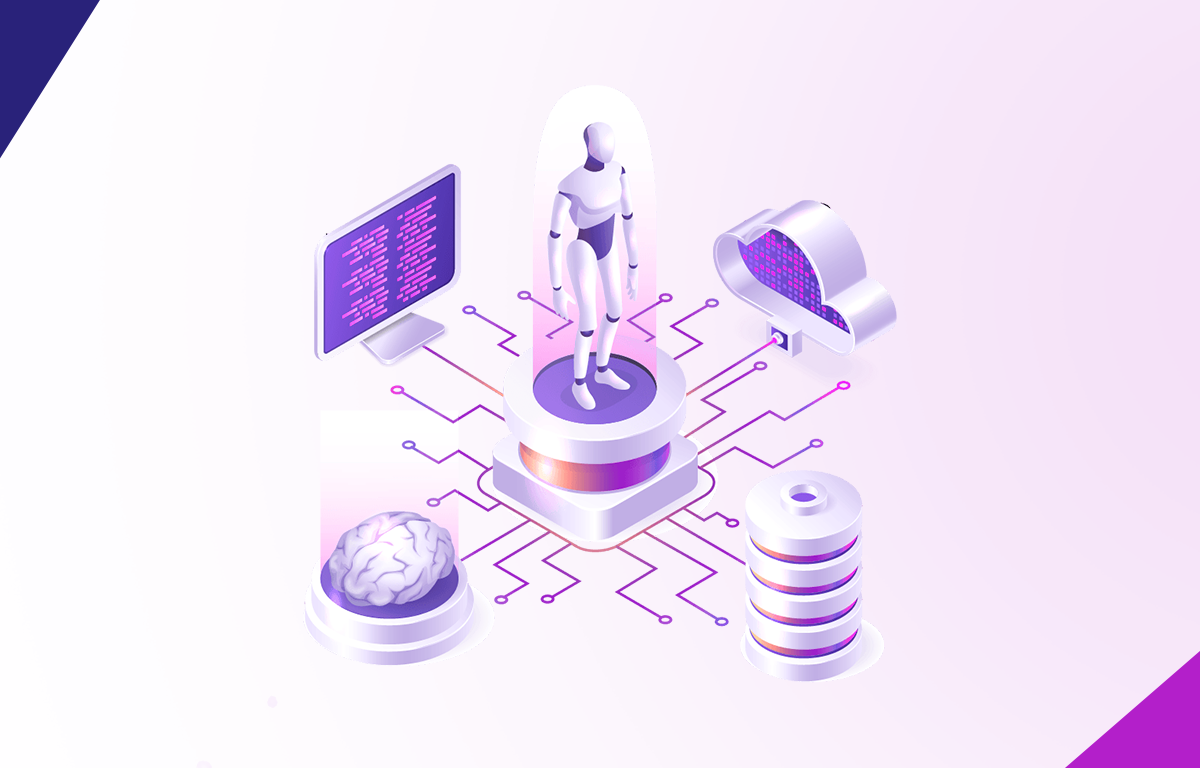.png)
In software development, these technologies are transforming how we build and interact with applications. AI and ML enable software to analyze data, learn from it, and make predictions or decisions, all without human intervention.
In the field of data science, these technologies are used to analyze complex datasets to uncover patterns and insights. This can be particularly valuable in industries like healthcare, finance, and marketing, where understanding trends and predicting outcomes can be game-changing.
Predictive analytics is another powerful application. By using AI algorithms, businesses can forecast future trends based on historical data. This is incredibly useful for inventory management, market analysis, and risk assessment.
Natural Language Processing (NLP), another branch of AI, is used to enable computers to understand, interpret, and respond to human language in a useful way. This technology powers chatbots and virtual assistants, providing a more intuitive and interactive user experience.
Neural networks, inspired by the human brain, are a significant part of AI. They are used in various applications like image and speech recognition, helping software to identify patterns and make decisions in a way similar to the human mind. Having said that, by investing in AI ML-based software, you are tapping the future in the present.
Also Read: 5 Key Benefits of Integrating Salesforce Development in 2024
Video Game Development
.png)
Video game development is an intricate process, blending creativity with technology to create immersive virtual worlds. The process starts with game design, where developers brainstorm ideas, establish the storyline, and decide on the gameplay mechanics. Next, developers use tools like the Unity Engine, a popular game development platform, to start building the game. Unity provides a versatile environment where developers can create both 2D and 3D games, making it a go-to tool for many in the industry. Studios like Room 8 contribute significantly by providing polished game UI/UX design services that help make player interactions smooth and visually engaging.
3D modeling is another vital component. It involves creating the game’s characters, environments, and objects, giving them shape and form. This is where the game starts to take on a visual identity, becoming more than just lines of code.
Interactive media elements like audio, animation, and special effects are then integrated to enhance the gaming experience. Game testing is a crucial final step. Testers provide feedback to refine gameplay, balance difficulty levels, and ensure the game runs smoothly on various platforms.
Cloud Computing
Cloud computing, in simple terms, is like having a virtual house at your fingertips. It's a technology that allows individuals and businesses to access computing resources (like servers, storage, databases, networking, and software) over the internet, often referred to as 'the cloud'. This innovation has transitioned how we store, manage, and process data, making it a cornerstone of modern technology.
The significance of cloud computing can't be overstated. It offers flexibility, scalability, and cost-efficiency. Businesses can scale their IT resources up or down based on demand, without the hefty upfront costs of owning and maintaining physical infrastructure. If we talk about IaaS, then it is highly flexible and lets businesses manage their own applications and data while avoiding the cost of physical hardware. Examples include AWS and Microsoft Azure.
There is PaaS, where you get not just the infrastructure but also the platform to develop, run, and manage applications without worrying about the complexity of building and maintaining the infrastructure. Google App Engine is an example.
SaaS is a leader, where applications are delivered over the internet. It's user-friendly and doesn’t require installation or maintenance from the user's side. SaaS is ideal for business applications like email, customer relationship management (CRM), and enterprise resource planning (ERP). Popular examples include Gmail and Salesforce.
Also Read: How to Improve your Finance and Operations with Microsoft Dynamics 365?
Embedded Systems: The Invisible Backbone of Modern Technology
A classic example of an embedded system is the firmware in a microwave oven. Firmware is the software programmed into the read-only memory of the device. It controls the specific functions of the microwave, like timing and power levels, making sure your food is heated just right.
Microcontrollers are the next most important. These compact integrated circuits can be found in everything from remote controls to car engine control systems. They are designed to be efficient and are capable of processing data from the hardware they control, making decisions, and performing actions based on programming.
The role of embedded systems in the IoT is vital. IoT devices, like smart thermostats, wearable health devices, and home security systems, rely heavily on embedded systems. These systems allow the devices to collect, process, and transmit data, enabling them to interact intelligently with their environment and other devices.
Database Development
There are mainly two types of databases: SQL and NoSQL. SQL databases are the traditional type. They use a structured query language for defining and manipulating data. This type of database is highly organized, making it suitable for complex queries and data integrity. SQL databases are ideal for applications where the data structure won't change often and consistency is key.
On the other hand, NoSQL databases are more flexible and scalable. They can handle a wide variety of data types and are built to handle large volumes of data and traffic. NoSQL is great for applications that require rapid growth or databases that will store different types of data.
With the advent of Big Data, databases have become more important than ever. They need to handle an immense volume, variety, and velocity of data. This is where data warehousing comes in – it's a technology that aggregates structured data from one or more sources so that it can be compared and analyzed for greater business intelligence.
Conclusion
For those stepping on or continuing their journey in different types of software development, there's an exciting array of paths to explore. Whether you find your goals in aspects of front-end development, the analytical world of data science, or the community-driven approach of open-source projects, there is a niche for every interest and skill set.
.png?lang=en-US&ext=.png)

.webp?lang=en-US&ext=.webp)

.webp?lang=en-US&ext=.webp)

